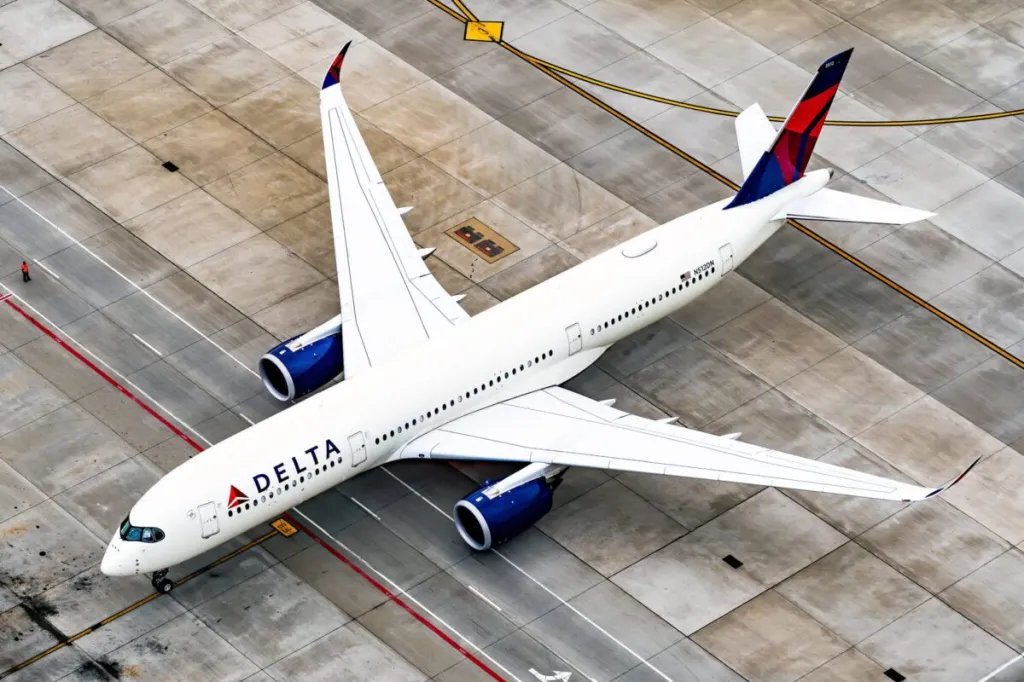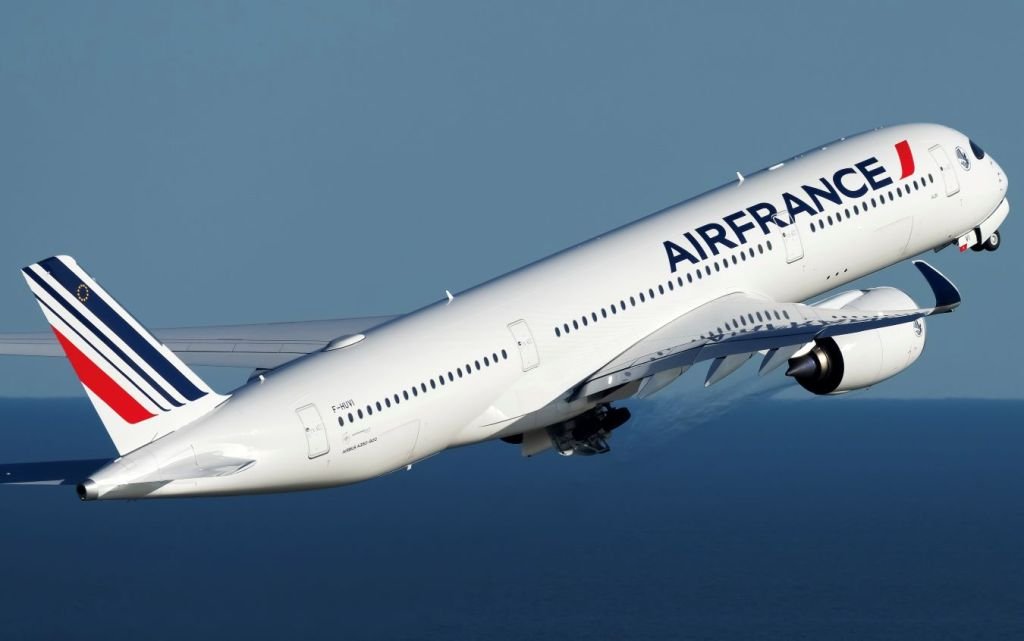Travel Market Insights
How to Map Your Distribution Channels

Managing multiple distribution channels can feel like a juggling act, one that can lead to missed revenue, booking errors or inconsistent rates across platforms.
How to map your distribution channels
Implementing channel mapping may sound technical but with the right approach, it’s a manageable and high-impact step for any hotel.
Start by identifying all the sales channels you use, whether OTAs, metasearch engines, GDSs, direct booking platforms and wholesalers.
Next, review your room types and rate plans to ensure they’re clearly defined and consistent in your PMS or CRS.
Once you’ve confirmed your inventory structure, you’ll need to link each room and rate plan to its equivalent on each channel. This process – called room mapping – is essential for ensuring accurate availability, pricing and descriptions across platforms.
If you use a channel manager, this tool can centralize the setup and automate the syncing process, reducing your manual input and the risk of errors. But don’t forget the importance of troubleshooting, so test each mapping connection once it’s live and regularly review your setup to catch changes in OTA policies, room configurations or rate structures.
With well-executed mapping, you gain greater control, consistency and revenue potential.
Why you need a channel manager
A channel manager plays a central role in channel mapping by acting as the bridge between your hotel’s internal systems (like your PMS or CRS), your external sales channels and your marketing strategy, whether your focus is on content marketing, digital marketing or social media.
Rather than updating availability, rates and restrictions manually on each platform, a channel manager automates this process in real time, reducing errors and saving you hours of admin work.
By streamlining the connection between your inventory and every channel you sell on, a channel manager ensures rate parity, prevents overbookings and keeps your listings accurate, all of which is crucial for maintaining guest trust and maximizing revenue.
Solutions like Lighthouse’s Channel Manager go a step further by combining channel management with pricing intelligence and competitor benchmarking. As a hotelier, this gives you a full view of how your rates and availability stack up across platforms, promoting smarter decisions on pricing and distribution strategy.
In short, the right channel manager doesn’t just simplify mapping; it powers performance.
Benefits of channel mapping
Channel mapping isn’t just about connecting systems; it’s about creating a smarter, more strategic approach to distribution.
When done well, it gives hoteliers the tools to strengthen their channel mix, maximize revenue and run operations more efficiently.
In this section, we explore three key benefits: how channel mapping supports a stronger distribution strategy, improves rate accuracy across all platforms and saves valuable time by automating manual tasks.
Whether you manage a boutique hotel or a busy resort, mapping your channels effectively can unlock performance gains and help you stay competitive in the hospitality industry’s notoriously complex booking landscape.
Strengthen your distribution strategy
Effective channel mapping gives you greater visibility and control over your multi-channel distribution strategy.
With rooms and rates accurately mapped across all platforms, you can see which channels are driving bookings, which ones are underperforming and where pricing adjustments might yield stronger results.
This level of clarity allows you to fine-tune your mix of OTAs, direct channels and partners to maximize reach without sacrificing profitability.
By removing guesswork and inconsistencies, channel mapping supports smarter revenue optimization, meaning you can push tailored rates, packages and availability to the right audience at the right time. This brings confidence that what appears online reflects your current strategy and inventory.
In a competitive market, such agility is essential.
Improve rate accuracy across channels
Channel mapping ensures your rates, availability and restrictions are updated in real time across all distribution platforms.
This eliminates the need for manual updates, one of the most common causes of rate discrepancies, overbookings and missed revenue opportunities.
When your systems are properly mapped and synced, you reduce the risk of outdated prices being displayed to potential guests.
Accurate pricing across channels also strengthens your forecasting and revenue planning. You can respond confidently to market shifts, competitor moves or changes in demand, knowing your updates will be reflected instantly.
With fewer errors and clearer data, you build stronger trust with both guests and partners, and make decisions based on reliable insights.
Save time and increase efficiency
Manually updating rates, availability and restrictions across multiple platforms, cross-referencing data in cumbersome Excel spreadsheets, is not only tedious, it’s prone to error.
Channel mapping automates these repetitive tasks, freeing up valuable time for hotel operators and revenue managers to focus on higher-impact work.
With automation in place, your team spends less time chasing down inconsistencies or fixing mistakes, and more time analyzing performance, refining strategies and improving the guest experience.
This efficiency gain is especially valuable for smaller or independent properties with leaner teams; instead of juggling platforms and spreadsheets, staff can rely on accurate, real-time syncing that keeps everything aligned.
The result? Fewer headaches, smoother operations and a sharper focus on what drives revenue and guest satisfaction.
Simplify multi-channel management with a channel manager
For independent hotels looking to streamline operations, Lighthouse’s Channel Manager is a powerful, all-in-one solution.
Beyond simplifying channel mapping, it provides real-time rate and availability updates, minimizes overbookings and ensures rate parity across platforms.
With integrated insights and seamless automation, Lighthouse empowers hoteliers to manage multiple channels with confidence and clarity.
It’s more than a mapping tool, it’s a central hub for smarter distribution and revenue growth.
About Lighthouse
Lighthouse (formerly OTA Insight) is the leading commercial platform for the travel & hospitality industry. We transform complexity into confidence by providing actionable market insights, business intelligence, and pricing tools that maximize revenue growth. We continually innovate to deliver the best platform for hospitality professionals to price more effectively, measure performance more efficiently, and understand the market in new ways.
Trusted by over 65,000 hotels in 185 countries, Lighthouse is the only solution that provides real-time hotel and short-term rental data in a single platform. We strive to deliver the best possible experience with unmatched customer service. We consider our clients as true partners – their success is our success.
This article originally appeared on Lighthouse.
Travel Market Insights
Delta Says It Will Not Use AI to Target Customers

Key Points
- Delta Air Lines clarified it does not use AI to set individualized airfares based on personal data, following criticism from lawmakers.
- The airline uses AI, via a partnership with Fetcherr, to assist in dynamic pricing for a growing portion of its domestic flights, but claims all fares are determined by market dynamics and are publicly available.
- Lawmakers and officials have expressed concerns about potential predatory or ‘surveillance’ pricing, prompting Delta to stress its commitment to fair, competitive pricing and data privacy.
Summary
Delta Air Lines has publicly stated that it does not use AI to set individualized prices based on personal customer data, responding to recent criticism and inquiries from U.S. lawmakers. The airline acknowledged using AI technology, through a partnership with Fetcherr, to assist analysts in setting fares for a portion of its domestic flights, with plans to expand this use. However, Delta emphasized that fares are determined by market competition, not personal data, and all prices are transparently published, aiming to dispel concerns about privacy and potential predatory pricing.
Travel Market Insights
U.S. Dollar Slide Hurts Accor, Minor, and Meliá

Some of the world’s largest hotel companies saw their earnings dented by currency swings in the first half of 2025, as euro and baht-reporting groups absorbed losses while U.S.-based chains appeared largely insulated from the volatility.
Accor, Meliá Hotels, and Minor International all reported currency-related losses that offset solid operational performance. Meanwhile, U.S.-based Hilton and Wyndham, which report in dollars, did not mention foreign exchange impacts in their earnings calls and appeared shielded from the same pressures.
The U.S. dollar index dropped 10.8% in the first half of 2025 following the Trump administration’s April tariffs and public clashes with the Federal Reserve. The resulting investor pullback caused the dollar to weaken sharply against the euro, baht, and other currencies.
Accor: Currency Among Its Biggest Headwinds
Paris-based Accor repo
Travel Market Insights
Winners, Losers, and Lots of Premium Seats: Europe’s Airline Scorecard

Skift Take: Premium cabins still drive profits, but it's the low-cost threat that keeps Europe's legacy carriers up at night.
-

 Brand Stories2 weeks ago
Brand Stories2 weeks agoBloom Hotels: A Modern Vision of Hospitality Redefining Travel
-

 Brand Stories1 week ago
Brand Stories1 week agoCheQin.ai sets a new standard for hotel booking with its AI capabilities: empowering travellers to bargain, choose the best, and book with clarity.
-

 Destinations & Things To Do2 weeks ago
Destinations & Things To Do2 weeks agoUntouched Destinations: Stunning Hidden Gems You Must Visit
-

 Destinations & Things To Do1 week ago
Destinations & Things To Do1 week agoThis Hidden Beach in India Glows at Night-But Only in One Secret Season
-

 AI in Travel2 weeks ago
AI in Travel2 weeks agoAI Travel Revolution: Must-Have Guide to the Best Experience
-

 Brand Stories4 weeks ago
Brand Stories4 weeks agoVoice AI Startup ElevenLabs Plans to Add Hubs Around the World
-

 Brand Stories3 weeks ago
Brand Stories3 weeks agoHow Elon Musk’s rogue Grok chatbot became a cautionary AI tale
-

 Asia Travel Pulse4 weeks ago
Asia Travel Pulse4 weeks agoLooking For Adventure In Asia? Here Are 7 Epic Destinations You Need To Experience At Least Once – Zee News
-

 AI in Travel4 weeks ago
AI in Travel4 weeks ago‘Will AI take my job?’ A trip to a Beijing fortune-telling bar to see what lies ahead | China
-

 Brand Stories4 weeks ago
Brand Stories4 weeks agoChatGPT — the last of the great romantics

You must be logged in to post a comment Login